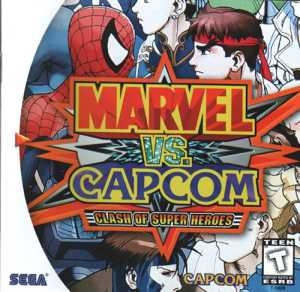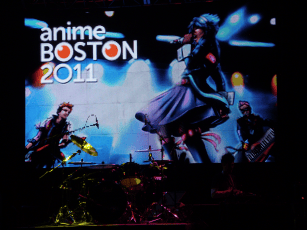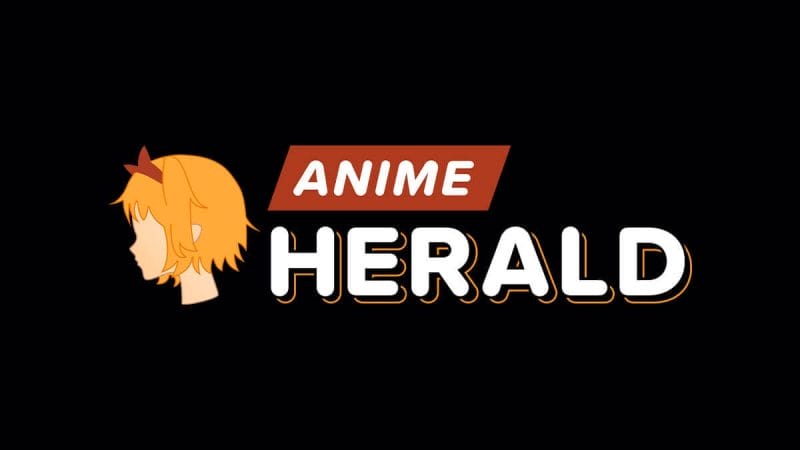 Through the company’s history, Marvel has been known as an innovator. They brought tales of incredible people and fantastic worlds to the forefront of readers’ minds. They gave the world iconic heroes like Spider-Man, the Hulk, and Captain America, who continue to thrill audiences both young and old. They embraced the paperless future with digital comics and iPad apps, and they’ve captured the hearts and minds of Hollywood with flicks like Iron Man, Thor, and Spider-Man. However, the company has never been able to recreate its success in Japan.
Through the company’s history, Marvel has been known as an innovator. They brought tales of incredible people and fantastic worlds to the forefront of readers’ minds. They gave the world iconic heroes like Spider-Man, the Hulk, and Captain America, who continue to thrill audiences both young and old. They embraced the paperless future with digital comics and iPad apps, and they’ve captured the hearts and minds of Hollywood with flicks like Iron Man, Thor, and Spider-Man. However, the company has never been able to recreate its success in Japan.
Marvel first attempted to make inroads into the Land of the Rising Sun in 1970, when they teamed up with Kodansha to release an adaptation of Spider-Man in Japan. The title, which was written by Kosei Ono & Kazumasa Hirai(8 Man), featured illustrations by Ryoichi Ikegami (Crying Freeman, Strain), and revolved around a very different breed of web-slinger. The title focused on Yu Komori: a junior high school student that was bitten by a radioactive spider. For the first part of the manga’s run, the title was little more than an adaptation of the original comics, with battles against villains like Electro and The Lizard. There were even equivalent characters to Mary Jane, J. Jonah Jameson and Aunt May. The title didn’t do very well in its original run, and Ikegami began yearning to move away from the fantastic atmosphere he had built. He hired Kazumasa Hirai to write new plots for the series, which wound up veering into brooding, hyper-realistic territory. Yu becomes a tragic hero that grows to hate his powers, and continually struggles with his own dark desires. The darker chapters proved to be more popular, but not enough to save the title from cancellation.[1]
This wasn’t enough to deter Marvel, though, as they partnered with Toei in 1978 to create the now-infamous Spider-Man tokusatsu show. Yes, the one where Spider-Man has a giant mech and a motorcycle. The series was written by the Toei staff under the pen-name “Saburo Yatsude”, and introduced a number of elements that would influence Super Sentai for generations. The series introduced massive monsters and the giant robots used to fight said beasts. The show ran from May 1978 to March 1979, and spanned 41 episodes, as well as a movie.
After the success of Spider-Man, the two companies collaborated once again. This time, the title was Battle Fever J: the first official Super Sentai series. The show was (very) loosely based on Captain America, and featured characters that were named after the countries they represented: Battle Japan, Battle France, Battle Cossack, Battle Kenya and Miss America. This would be the last tokusatsu show co-produced by the two, though they did collaborate on the 1981 American series: Spider-Man and His Amazing Friends. A pilot for a dubbed adaptation of a Super Sentai show was produced, though it was rejected by TV networks. Producer Margaret Loesch claimed that “One network executive asked, ‘How could you bring us this piece of garbage? You, who were responsible for making Muppet Babies.'”
 The company’s next major push to create ties in the east would arise in 1995, when Marvel Super Heroes would hit arcades. The game, which featured major Marvel characters like Wolverine, Captain America, and The Juggernaut, was loosely based on the Infinity Gauntlet comics arc. The game would serve as the first of a long line of successes that would solidify Marvel as a brand in Japan. X-Men: Children of the Atom, X-Men vs. Street Fighter, and Marve vs. Capcom would become the standard bearers for the brand, as Capcom gradually melded their own familiar characters with Marvel’s established rosters.
The company’s next major push to create ties in the east would arise in 1995, when Marvel Super Heroes would hit arcades. The game, which featured major Marvel characters like Wolverine, Captain America, and The Juggernaut, was loosely based on the Infinity Gauntlet comics arc. The game would serve as the first of a long line of successes that would solidify Marvel as a brand in Japan. X-Men: Children of the Atom, X-Men vs. Street Fighter, and Marve vs. Capcom would become the standard bearers for the brand, as Capcom gradually melded their own familiar characters with Marvel’s established rosters.
The company’s most recent attempts to capture the Japanese markets came about in the late 2000s. In July 2010, Marvel partnered with Madhouse to produce anime adaptations of Blade, Wolverine, the X-Men, and Iron Man. All three titles aired on Japan’s Animax network from October 2010 to September 2011. Much like the terms of the early Spider-Man manga, Madhouse was given free reign to re-imagine the franchises for Japan. Writer Warren Ellis served as an advisor for the titles.
While the company’s overall success in Japan can be debated, Marvel’s mark on the country simply cannot be ignored. They were vital forces in the creation of genres that thrive today, and franchises that are still beloved. They’ve left indelible marks on sentai fans and gamers, and on American creators as we’ve seen with products like Heroman and Ultimo. While we do not know just what the company will do next, it will certainly be interesting to see how their next attempt to capture Japan’s hearts will pan out.









